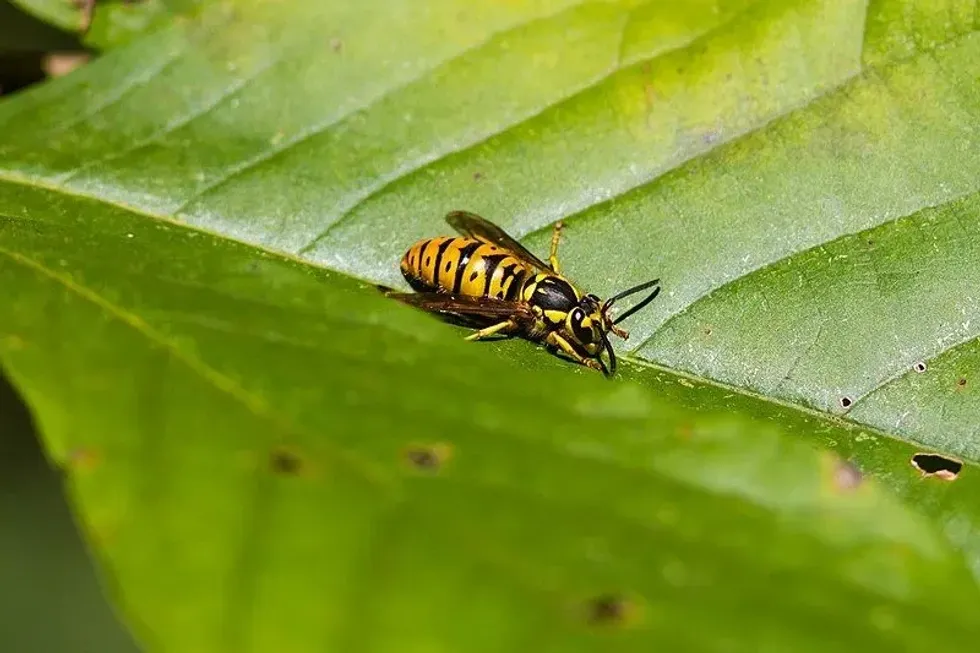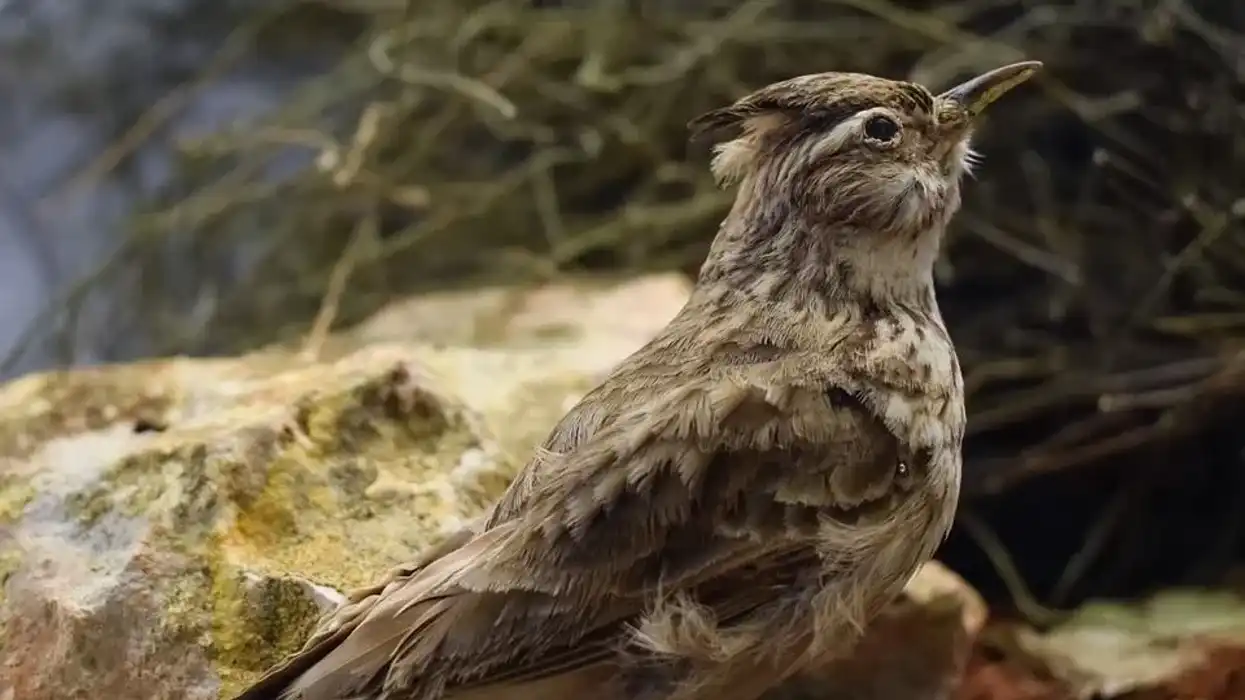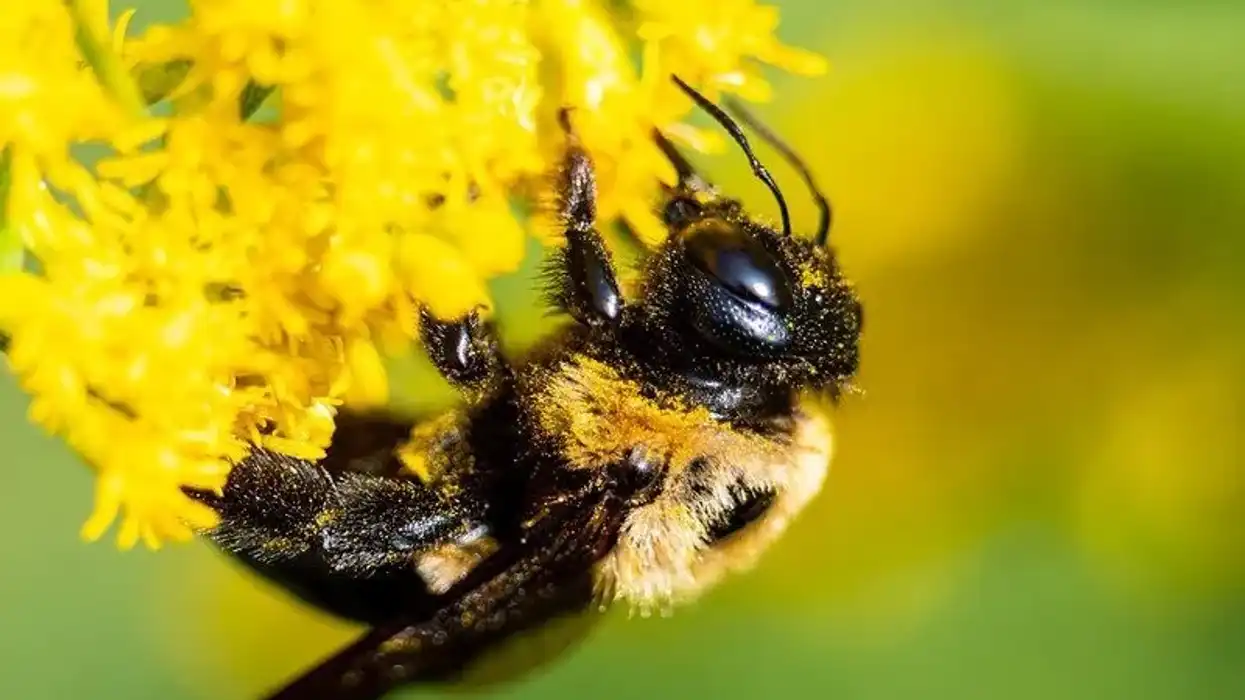Have you ever seen a bug that has yellow and black stripes? The eastern yellowjacket (Vespula maculifrons) is the generic name for predatory social wasps of the genera Vespula and Dolichovespula in North America.
In other English speaking nations, members of these genera are simply referred to as wasps. Yellowjackets are important pest insects that play an essential role in the environment.
The bald faced hornet (Dolichovespula maculata), is actually a yellow jacket but there is an absence of the usual yellow coloring. The significant difference is that all these wasps possess extremely tiny waists.
There are no hairs and no flattened hind legs to carry pollen like normal bees. What makes these insects dangerous is the fact that their stingers are loaded with venom and they do not even lose their stinger after stinging repeatedly.
Some of the most well known species of this family of insects include the bald faced hornet (Dolichovespula maculata) and southern yellowjacket (Vespula squamosa). Here are some interesting facts on the eastern yellowjacket (Vespula maculifrons). Afterward, do check out our other articles on European paper wasp and scoliid wasp as well.
Eastern Yellowjacket Interesting Facts
What type of animal is an eastern yellowjacket?
The eastern yellowjacket (Vespula maculifrons) is a wasp that lives in eastern North America.
What class of animal does an eastern yellowjacket belong to?
The eastern yellowjacket (Vespula maculifrons) is a wasp of class Insecta of the Animalia kingdom like the southern yellowjacket (Vespula squamosa).
How many eastern yellowjackets are there in the world?
There is no estimation on how many eastern yellowjackets are currently there in the world and this species is present in abundance across the world.
Where does an eastern yellowjacket live?
Eastern yellowjackets can be seen wherever there are people. These members of the Vespula species sometimes build their nests underground or in hollow trees, tree stumps, attics, between walls, under eaves, and within recycle bins, all of which contain sugars.
What is an eastern yellowjacket's habitat?
The eastern yellowJacket is a subterranean species, which means it constructs its nest underground. Since it is a generalist insect, it can live happily in urban, residential, and rural settings.
Who do eastern yellowjackets live with?
Eastern yellowjackets live in groups of colonies in an eastern yellowjacket nest with a queen. These insects live in underground colonies. Only the queens are able to survive the winter.
New queens are produced in the colony during the autumn and later summer. After emerging from the pupae, new queens leave their nest in order to mate. The role of the queen is to only lay eggs while the responsibility of collecting food lies with the female workers.
How long does an eastern yellowjacket live?
Individuals who work survive before the first major frosts of winter. Males die soon after mating, while queens live for a year, constructing a nest and establishing a colony the summer after mating.
How do they reproduce?
A single fertilized queen establishes new colonies of the eastern yellowjacket in the spring. The queen starts her egg laying mission by first constructing a small nest and then laying eggs.
Yellowjacket queens can end up in houses in need of winter shelter. Throughout the season, the current queen remains dormant.
She emerges from hibernation in the spring and finds a location to establish a new colony. The queen lays hundreds of eggs every breeding season, as a matter of fact, the main purpose of the queen is only to lay eggs.
What is their conservation status?
The eastern yellowjacket is widespread and its conservation status is that of Least Concern. The german yellowjacket, Vespula germanica, is a non native species that has recently arrived in North America. This population is more competitive than natural yellowjackets, and it has the potential to outcompete them.
Eastern Yellowjacket Fun Facts
What do eastern yellowjackets look like?
Female eastern yellowjackets have a stinger on the back of their belly (gaster).
The yellow jacket will bite its victims repeatedly, but the stinger is slightly barbed and has a tendency to become stuck in the victim. The marks of the queen consist of a broad flared black band at the anterior region of the stomach, accompanied by smaller black bands progressing to the posterior end.
There are two dots between the black bands that, if the flare's point were stretched into the anus, would be on either side of the imaginary axis.
How cute are they?
These wasps are attractive because of their stripes that are yellow and black. The view is breathtaking when the yellowjacket is sucking nectar from a blossom.
How do they communicate?
The ability to locate food is greatly aided by sight and scent. For starters, sight aids the yellow jacket in recognizing flowers and possible prey.
Following that, scent aids in directing these creatures to the same flower from which she prefers to drink. Chemical signals aid wasps in distinguishing between nest partners and possible rivals and enemies. Pheromones are chemical signals that help wasps communicate about breeding, food, and danger.
How big is an eastern yellowjacket?
An eastern yellowjacket is 10 times bigger than the fairyflies. An eastern yellowjacket can grow anywhere between 0.49-0.71 in (1.2-1.7 cm).
How fast can an eastern yellowjacket fly?
An eastern yellowjacket can fly at speeds of up to 8 mph (12.8 kph).
How much does an eastern yellowjacket weigh?
An eastern yellowjacket weighs roughly around 0.0014 oz (0.03 gm).
What are the male and female names of the species?
There is no specific name for male and female eastern yellowjacket. They are divided into categories like workers bees and queen bees instead.
What would you call a baby eastern yellowjacket?
A baby eastern yellowjacket is called larvae which is the growing stage in their life cycle.
What do they eat?
Adult yellowjackets use their long tongues to feed only on nectar and fruit juices. Larvae are fed animal tissues (mostly insects and other arthropods, but also carrion). When larvae are hungry, they jiggle about in their cells, alerting nearby workers. Workers are then sent to catch a prey animal.
Are they poisonous?
The eastern yellowjacket can bite you several times, unlike bees, who can only sting once because they pump their stinger into you. When a yellowjacket stings you, its stinger pierces your skin and injects a toxic toxin that causes severe pain.
Eastern yellowjackets have the ability to send an alarm pheromone through the air. This alarm pheromone acts as a signal to other eastern yellowjackets who will join the attack and sting repeatedly with their venomous stingers.
Would they make a good pet?
No, eastern yellowjacket is among the most dangerous insect that is known to sting when they feel threatened. They are not meant as a pet because of their aggressiveness and venomous stings. If you have an allergy to stings, then stay clear of having them as pets. They tend to sting multiple times if any threat is perceived.
Did you know...
In order to frighten off predators, many other species resemble yellowjackets in color and pattern. Yellowjacket is the name of a community in Colorado.
Buzz, the Georgia Tech mascot, is a yellowjacket insect.
The biggest nests have been estimated to contain more than 100,000 wasps.
Never swat a yellowjacket. This would only boost the chance of being stung.
The bald faced hornet (Dolichovespula maculata) and southern yellowjacket (Vespula squamosa) are two of the popular subspecies of these insects.
How far do eastern yellowjackets travel?
An eastern yellowjacket can travel up to 2,000 ft from its nest. Yellowjackets may travel up to a 1 mile (1.6 km) from their nest in some cases.
How to get rid of eastern yellowjackets
First, you have to discover the hive, then act rapidly to eliminate the problem. Even if yellowjacket infestations are just brief, they can be a serious annoyance and even harmful if someone has an allergic reaction to their bite. Take the instructions below to learn how to kill the yellowjackets.
Step 1: Select your yellowjacket treatment.
There are various items on the market that can be used to get rid of yellowkackets. Sprays, traps, and baits are the most popular.
Step 2: Find the nest.
It is important to locate the nest to eradicate a yellowjacket infestation. Keep an ear out for noisy humming sounds that might suggest the location.
Step 3: Find the entry and exit points.
Since yellowjackets live underground in burrows, you'll need to find the nest's entrance and exit points.
Step 4: Apply the treatment.
Apply the drug at night or shortly before sunrise. Spray the entry and exit holes of the nest for at least one minute each. If some yellowjackets evade capture, spray them immediately until they fly away.
Step 5: Check the nest for activity.
Wait 24 hours after treating the nest before checking for additional yellowjacket activity. If necessary, repeat the procedure.
Here at Kidadl, we have carefully created lots of interesting family friendly animal facts for everyone to discover! For more relatable content, check out these northern paper wasp facts and mud dauber wasp facts pages.
You can even occupy yourself at home by coloring in one of our free printable hornet coloring pages.









